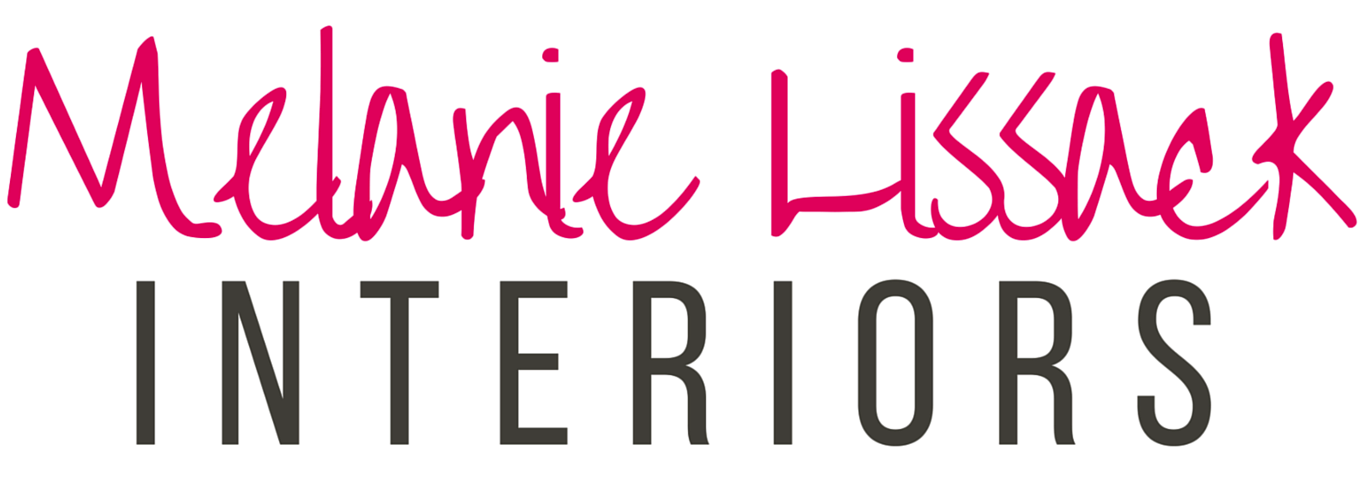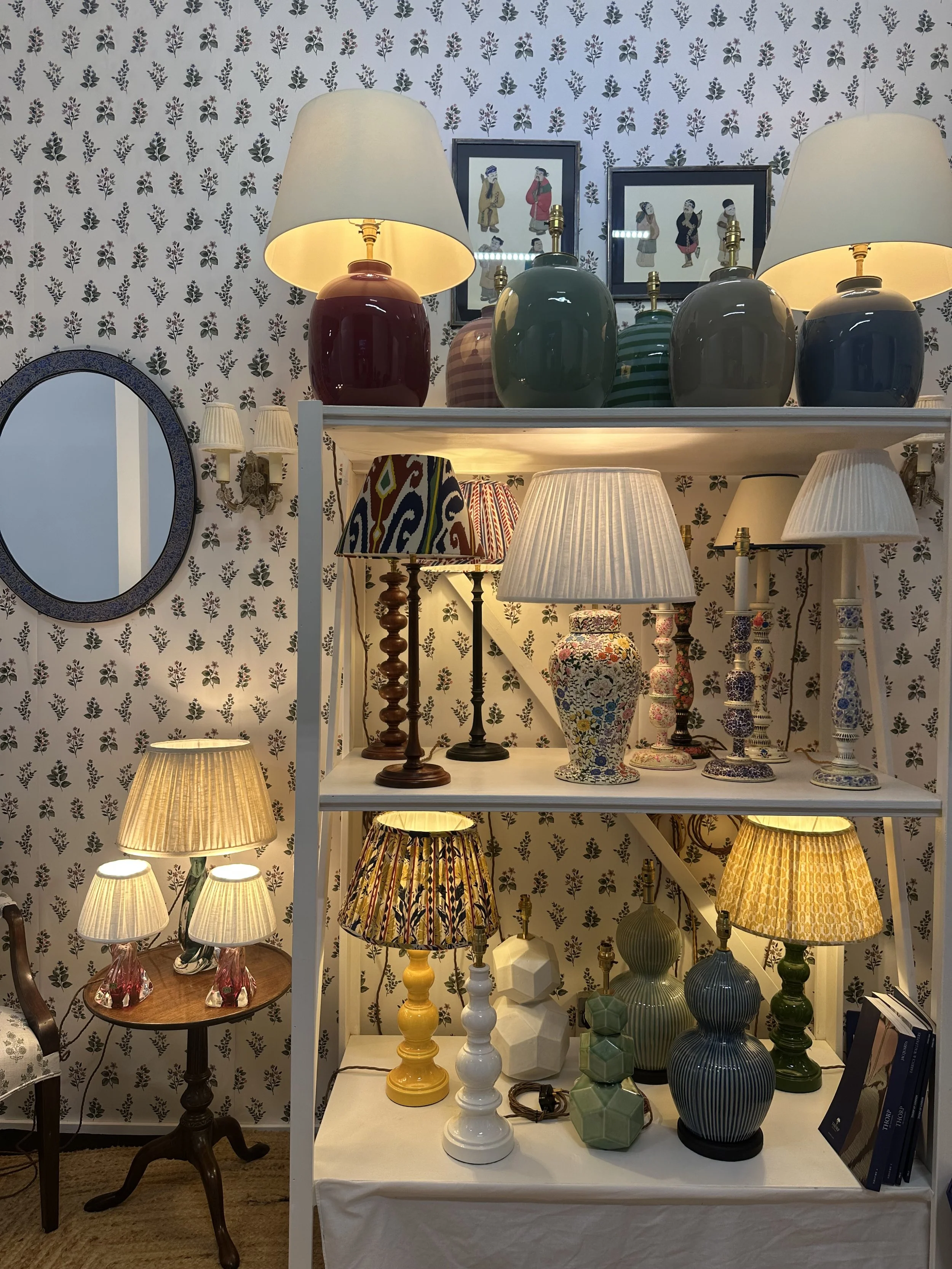5 Types of wooden wall panels you should know about
While wood panelling might bring to mind the charm of older homes and cosy cottages, it’s actually making a strong comeback within modern interiors. Not only does it add a tactile depth to walls and ceilings, but it also has a functional use: protecting walls from knocks and scrapes from furniture movement and improving the room’s sound insulation. Depending on the finish, wood panelling can completely transform a bland box into something much more visually interesting. It also suits a multitude of design styles, from cosy and rustic to modern and sleek.
If you are interested in installing wooden wall panels in your own home, there’s a wide range of panelling options to explore, from wainscoting to shiplap and tongue and groove to beadboard designs.
Shiplap
Shiplap panels are a favourite for those who love a cosy farmhouse style or want a sophisticated Hamptons beach house vibe. Featuring long, flat wooden boards that slightly overlap along their edges, they are distinguished by a small gap or ‘reveal’ between each board. Originally used for exterior siding, shiplap made its way indoors as a decorative element (particularly in living rooms, kitchens and hallways). Its distinctive horizontal pattern adds a layer of visual interest without being overwhelming, while it can also be installed vertically for a fresh take. Shiplap remains a timeless option when used thoughtfully, especially in neutral or minimalist interiors. If this sounds like the right wall covering for you, you can purchase a wooden wall panel at akuwoodpanel.uk .
Shiplap panelling in a kitchen by Naked Kitchens
Tongue-&-Groove
Often mistaken for shiplap, tongue and groove panelling offers a tighter, more uniform fit. Each board has a protruding ‘tongue’ on one side and a matching ‘groove’ on the other, allowing the pieces to slot snugly together. This interlocking system not only provides a clean, seamless appearance but also strengthens the overall structure. Tongue and groove panels have a real heritage look about them and they are especially well-suited for ceilings and the bottom half of walls in hard-working areas of the home, such as the bathroom. Once painted in a durable eggshell paint, tongue and groove panels can take the knocks, marks and damage that a plaster wall could not.
Tongue & groove in a traditional bathroom
Beadboard
Beadboard is characterised by narrow vertical planks with raised ‘beads’ or ridges between them, creating a repetitive pattern that gives off a quaint, cottage-style feel. Like tongue and groove, it's most commonly used for panelling the lower portion of a wall, making it a great choice for heavy footfall areas of the home, like hallways, bathrooms and small toilet rooms. Beadboard panelling can be purchased in individual boards or larger sheets with the bead design moulded in, making installation faster and more affordable. The ease of installation also makes it a great product to use in alcoves or down the back of built-in furniture to create more visual interest.
Beadboard panels add interest to the back of this bookcase.
Board and batten
Board-and-batten wall panelling features wide vertical boards separated by narrower wooden strips, called battens. These battens serve both a functional and aesthetic purpose: they hide the seams between the boards while adding a rhythmic visual element to the wall.
Unlike other pre-made panel options, board-and-batten is usually a custom installation, which gives you more control over the design. The spacing and width of both boards and battens can be adjusted to suit your desired look, from subtle accents to striking geometric grids. This style works particularly well in entryways, on staircases, or as a statement wall.
Board and batten wall panelling in a kid’s bedroom.
Raised panels
If you're looking for a formal, classic period look, raised panelling is a sophisticated choice. These panels are made up of bevelled or recessed rectangular sections framed by rails and trim. The dimensional design creates deep shadows and adds a layer of architectural detail that works beautifully in offices, libraries, or dining rooms. Although the centre panels are often crafted from medium-density fiberboard (MDF), their bevelled edges and painted finishes make them virtually indistinguishable from solid wood. Raised panel kits are available for easier installation, or you can work with a professional for custom layouts that fit your space perfectly.
Raised panels in a bedroom.









Five top tiling looks expected to be big in 2026!